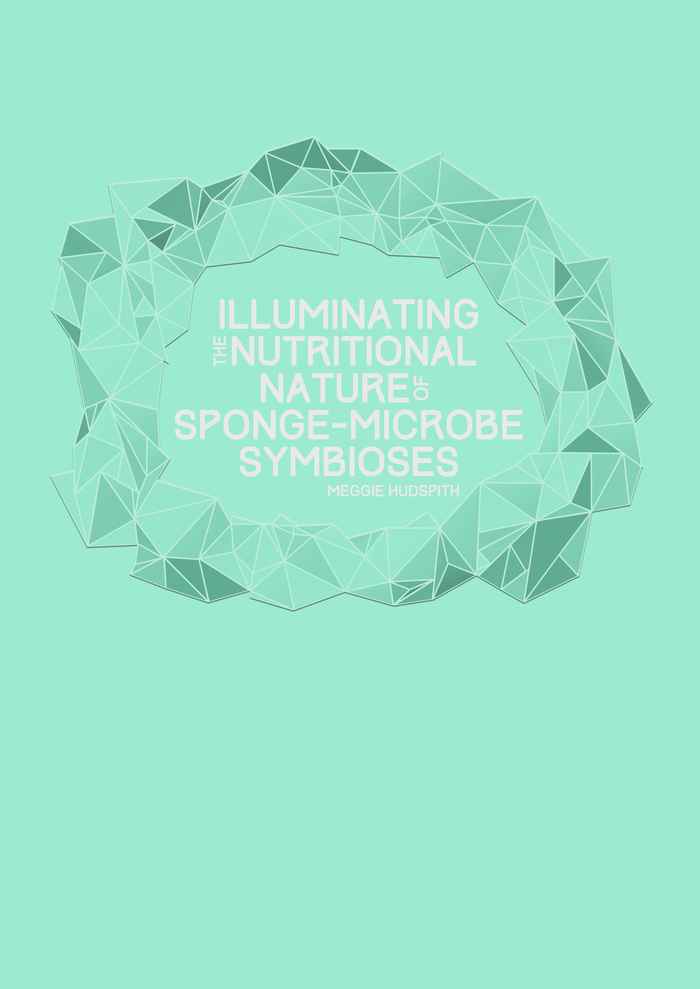PhD defence ceremony Meggie Hudspith
- Date
- 5 October 2022
- Time
- 10:00
- Location
- Agnietenkapel

Illuminating the nutritional nature of sponge–microbe symbioses
Sponges are present in virtually all aquatic environments around the globe and fulfil an important number of functional roles within ecosystems, largely resulting from their impressive water filtering capacity. These sessile filter feeders utilize a range of organic and inorganic nutrients from the water column via the interactivity of the sponge host and their diverse and abundant microbial symbionts. However, our understanding of the role of both host and microbiome in nutrient processing, particularly of dissolved organic matter (DOM), is limited. To address this knowledge gap, stable isotope probing and high-resolution imaging techniques (e.g. nanoscale secondary ion mass spectrometry), were applied to lab and field-based experiments. We found that both sponge cells and symbionts were actively involved in organic matter processing, with sponge filtering cells (choanocytes) being the primary site of organic matter uptake. We then quantified the uptake of DOM by host versus symbiont cells, showing that sponge cells were responsible for > 99 % of DOM uptake in sponges hosting low abundances of symbiotic microbes. To determine the cellular mechanism of DOM uptake by sponge cells, we also visualized the uptake of fluid-phase tracers by choanocytes, revealing that they use macropinocytosis to rapidly internalize large gulps of seawater. Finally, we quantified the contribution of autotrophy and heterotrophy to the diet of a sponge hosting symbiotic cyanobacteria. Photosynthetic carbon fixation by cyanobacteria contributed approximately 7 % to total daily carbon uptake, which may prove beneficial for sponges under periods of limited food supply. Together, these findings provide a deeper understanding of the ancient relationship between sponges and their microbial symbionts, illuminating how they effectively capture and recycle nutrients.
